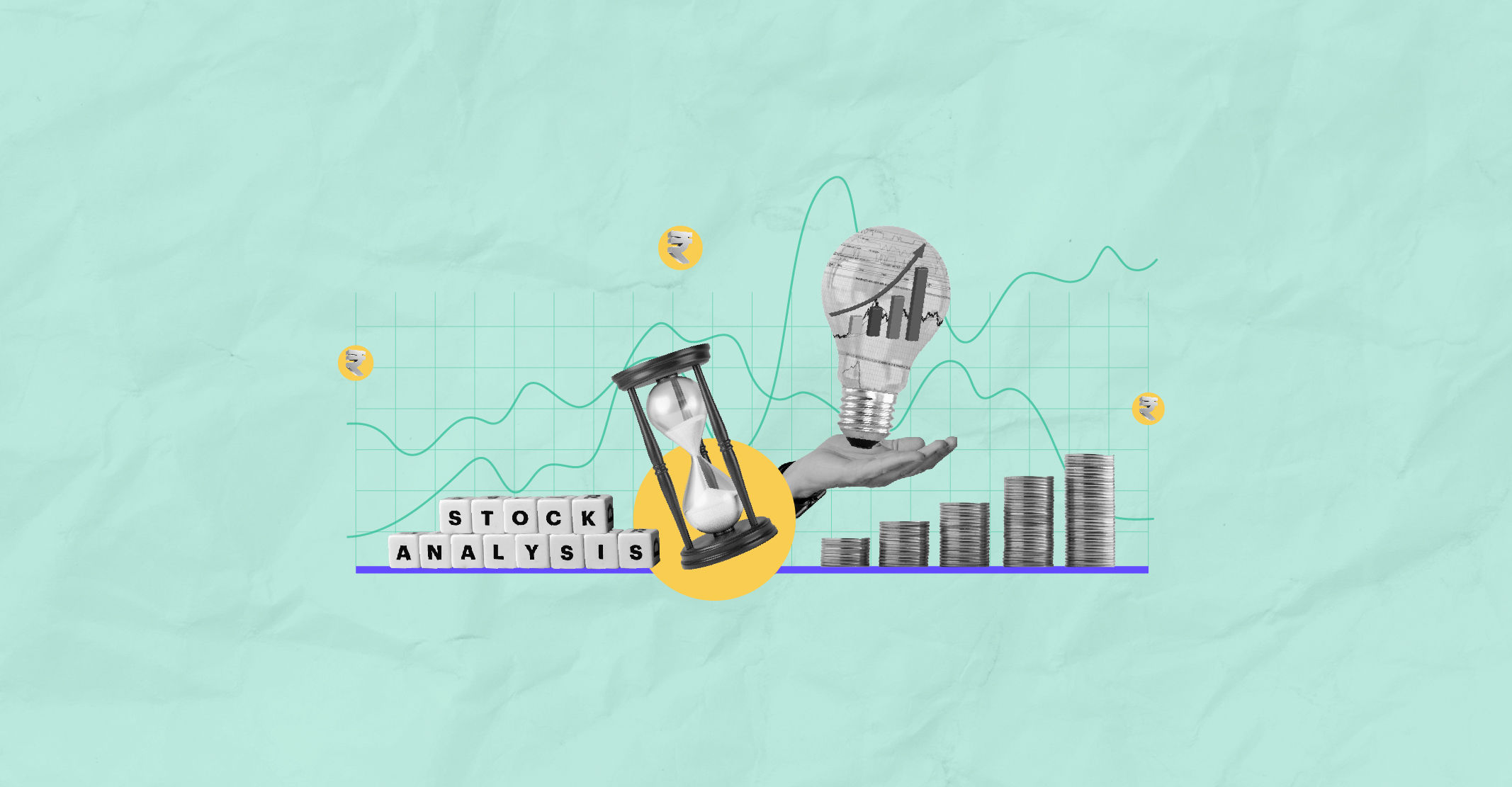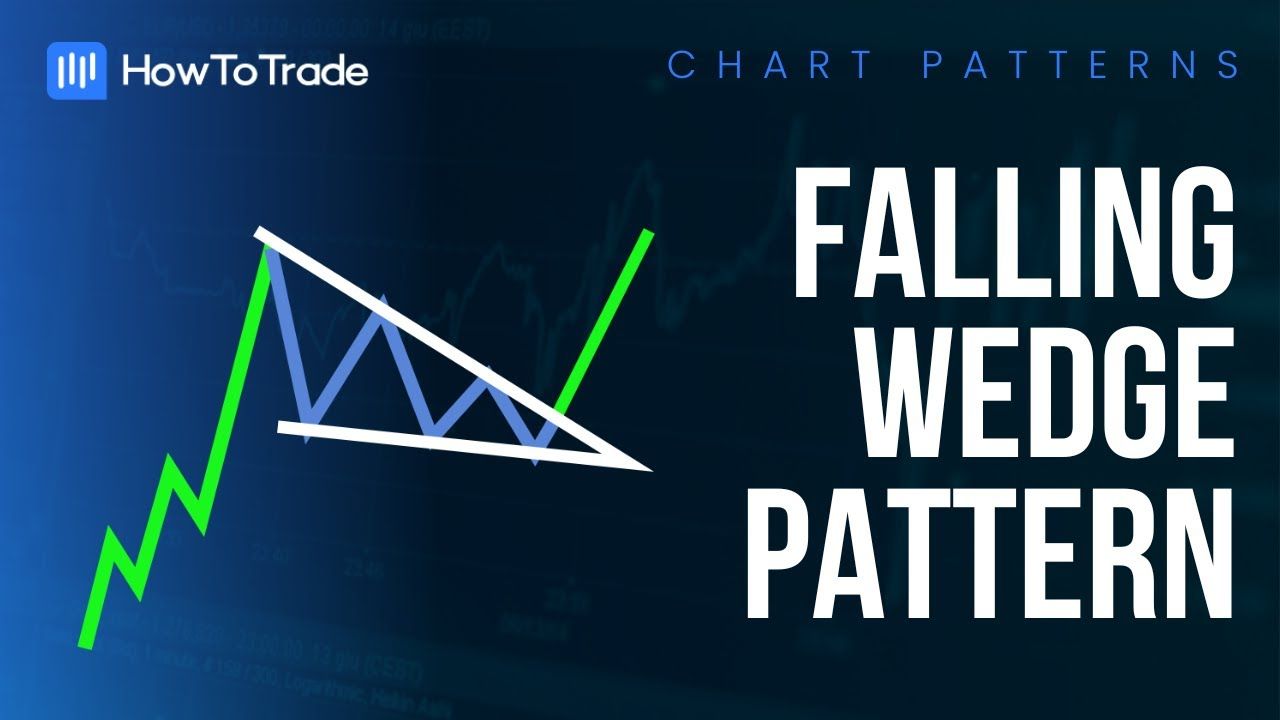Understanding Whipsaw in Trading
Whipsaw in trading is a sudden and unpredictable reversal in price. Learn how to identify and avoid whipsaws to protect your profits.

As traders navigate the financial markets, they encounter various risks and difficulties. One such complication is whipsaw trading - which can quickly cause traders to lose money. Here, we explain whipsaw in trading and how to prevent it.
What Is Whipsaw?
Whipsaw refers to abrupt fluctuations in market trends that result in significant losses for recently opened positions. The movement is so rapid that any analysis used to make decisions before placing transactions becomes irrelevant.
There are two types of whipsaws:
When prices break out in an upward direction, a whipsaw occurs; indicators validate this rally. After that, however, there is a significant decline.
Downmarket whipsawing occurs when prices temporarily decline in value before spiking upwards abruptly.
Both situations usually result in the price trading closer to its original value than before.
How To Identify Whipsaw?
Whipsaws in trading can be difficult to identify, but they occur frequently under highly unstable market conditions in which prices fluctuate abruptly and seemingly without reason.
Prices frequently experience whipsaws when indicators indicate that they are overbought or oversold, but their overall trend remains constant. This phenomenon frequently occurs when traders exhibit excessive optimism, believing that favorable or bearish trends will continue.
As more traders uncritically follow a developing trend without analyzing it, markets may become overheated. Since prices progress further from their true values, the possibility of sudden reversals increases.
Suppose a stock is trading at Rs 450 with indicators indicating its overbought status. Despite this, traders continue to believe in its potential and purchase it, driving up its price to Rs 500. Nonetheless, the market price abruptly returns to Rs 420. Therefore, this abrupt movement is called whipsaw.
Samsung Galaxy M34 5G (Midnight Blue, 6GB, 128GB Storage)
Strategies to Mitigate Whipsaw
Although whipsaw risk cannot be completely avoided, traders can employ several strategies to mitigate it:
Risk Management: Apply effective risk management techniques, such as stop-loss orders and position sizing, to minimize sudden reversals. Such tools may reduce losses caused by unexpected fluctuations, and your capital will be safe.
Diversification: Avoid over-concentration on one asset or market. Start diversifying your portfolio to spread risk and lessen any sudden shifts that could hamper overall performance.
Use Confirmation Indicators: It may be beneficial to rely on multiple indicators and signals rather than depending on just one to provide confirmation. So, with this approach, you will filter out false signals and lessen the risk of whipsaw movements.
Avoid Impulsive Trading: Emotional reactions to market moves can lead to impulsive trading decisions. Stick to a well-thought-out trading plan and avoid making knee-jerk reactions.
Samsung Galaxy M13 (Aqua Green, 6GB, 128GB Storage) | 6000mAh Battery
Conclusion
In trading, whipsaws can be frustrating and costly, but they are an inherent element of the market's dynamics. Successful traders are able to identify the warning indications of potential whipsaws, implement risk management strategies, and modify their trading approaches to mitigate their impact.






















